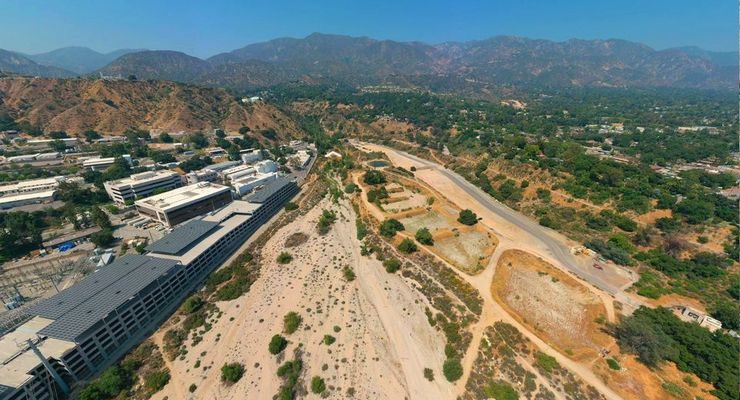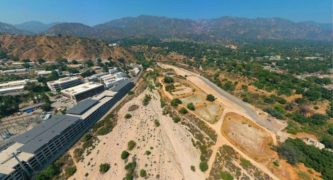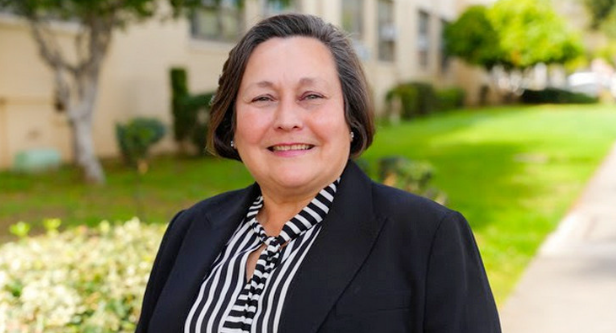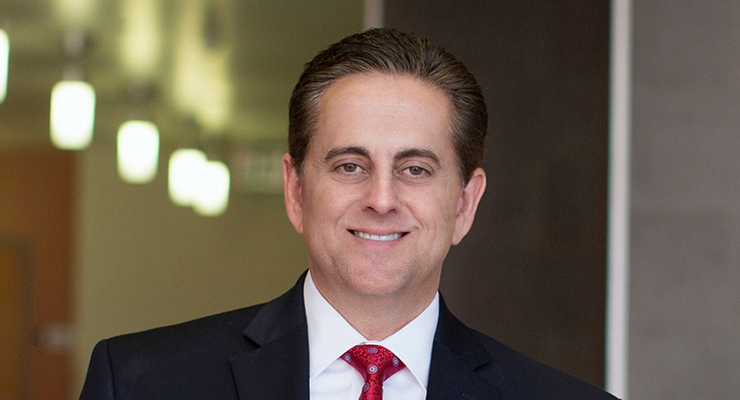
Local preservationists hope the City Council on Monday will overturn the Board of Zoning Appeals’ approval of modifications to a conditional use permit regarding properties connected to the Arroyo Seco Canyon Project (ASCP).
The BZA’s ruling upheld a hearing officer’s decision to allow the repair and replacement of the city’s water Infrastructure facilities
In 2015, the Pasadena Department of Water and Power (PWP) requested a CUP to perform repair and replacement of facilities within the Arroyo Seco Canyon Area that were damaged or destroyed by Station Fire-related events of 2009.
But in 2017, a judge sided with preservationists who claimed the EIR was insufficient.
The city owns the right to divert water from the Arroyo Seco to the Raymond Basin. Currently, 35% percent of the city’s water comes from the basin, but now the city wants to increase the basin’s allotment to 50%.
According to the city, recent droughts significantly impacted water resources.
“PWP claims that ASCP will enhance local water resources, but ultimately its purpose is to pump more water from a depleted groundwater basin without any plan to replenish the basin,” Tim Brick, executive director of the Arroyo Seco Foundation wrote in an opinion piece for Pasadena Now last week.
“The new ASCP dam and diversion facilities will drain the Arroyo stream during dry periods with no regard for impacts on fish and aquatic species,” Brick wrote.
In correspondence to the City Council, the Arroyo Seco Foundation submitted a petition to the council with more than 1,000 signatures.
“We believe the Arroyo Seco Canyon Project and Pasadena’s 25-year water plan will have detrimental impacts on the habitat, wildlife and water resources in Hahamongna and the Arroyo Seco,” the petition reads.
The droughts caused the Metropolitan Water District (MWD) to reduce water allocations to its member agencies in response to state requirements and contributed to increased regulations for water use and groundwater management throughout the state.
The droughts, combined with several other factors, including climate change, contributed to decreasing groundwater levels in the Raymond Basin.
The city gets 65% of its water from the MWD.
To maintain and increase groundwater levels, the Raymond Basin Management Board (RBMB) initiated a voluntary 30% reduction of groundwater production rights for all pumpers in the Pasadena subarea in 2009.
Earlier this year, a city hearing officer discounted claims by local preservationists that he did not properly review an environmental impact report (EIR) prior to approving a modification to a conditional use permit that would allow the city to repair and replace water infrastructure facilities within the Arroyo Seco, according to a Board Zoning Appeals staff report.
Damage to these structures, according to city officials, has greatly reduced the city’s capacity to divert water from the Arroyo Seco. The proposed improvements would allow for increased utilization of the city’s pre-1914 surface water rights from the Arroyo Seco.
“The Hearing Officer failed to address numerous points of contention outlined in comments on the Final Environmental Impact Report (FEIR) made by the Arroyo Seco Foundation, Ken Kules, Hugh Bowles, and the Pasadena Audubon Society, indicating that he did not invest the time to understand the underlying arguments in those comments and imprudently chose not to question City staff regarding how the FEIR and the staff report and presentations addressed FEIR comments,” the preservationists claim in their appeal.
According to Paul Novak, who has served as a city hearing officer for nearly 20 years, conducted more than 150 hearings and considered several hundred land use applications.
“The appellant’s contention that I ‘failed to consider significant gaps in the FEIR’ is inaccurate,” Novak wrote in response to the appeal. “The concerns expressed in the appeal were voiced in the letters I reviewed and in public testimony provided at the hearing — again, this project has an exhaustive administrative record relative to environmental issues, all of which I reviewed in advance of the hearing, and/or considered as part of the testimony during the hearing.
“Based upon these documents and testimony, I found the appellant’s arguments to be less than persuasive and/or refuted by other portions of the public record (documents/testimony provided by city staff, environmental consultants, and/or legal counsel).”
The council will also consider adoption of the 2020 Urban Water Management Plan and Water Shortage Contingency Plan.
Pasadena’s Urban Water Management Plan (UWMP) is prepared every five years in compliance with the Urban Water Management Planning Act.
According to the city’s website, the plan is an analysis of long-term water supply and demand planning for PWP, and includes a water system description, population and socioeconomic statistics, water supply reliability, drought risk assessment, demand management measures, and climate change impacts.














 0 comments
0 comments


